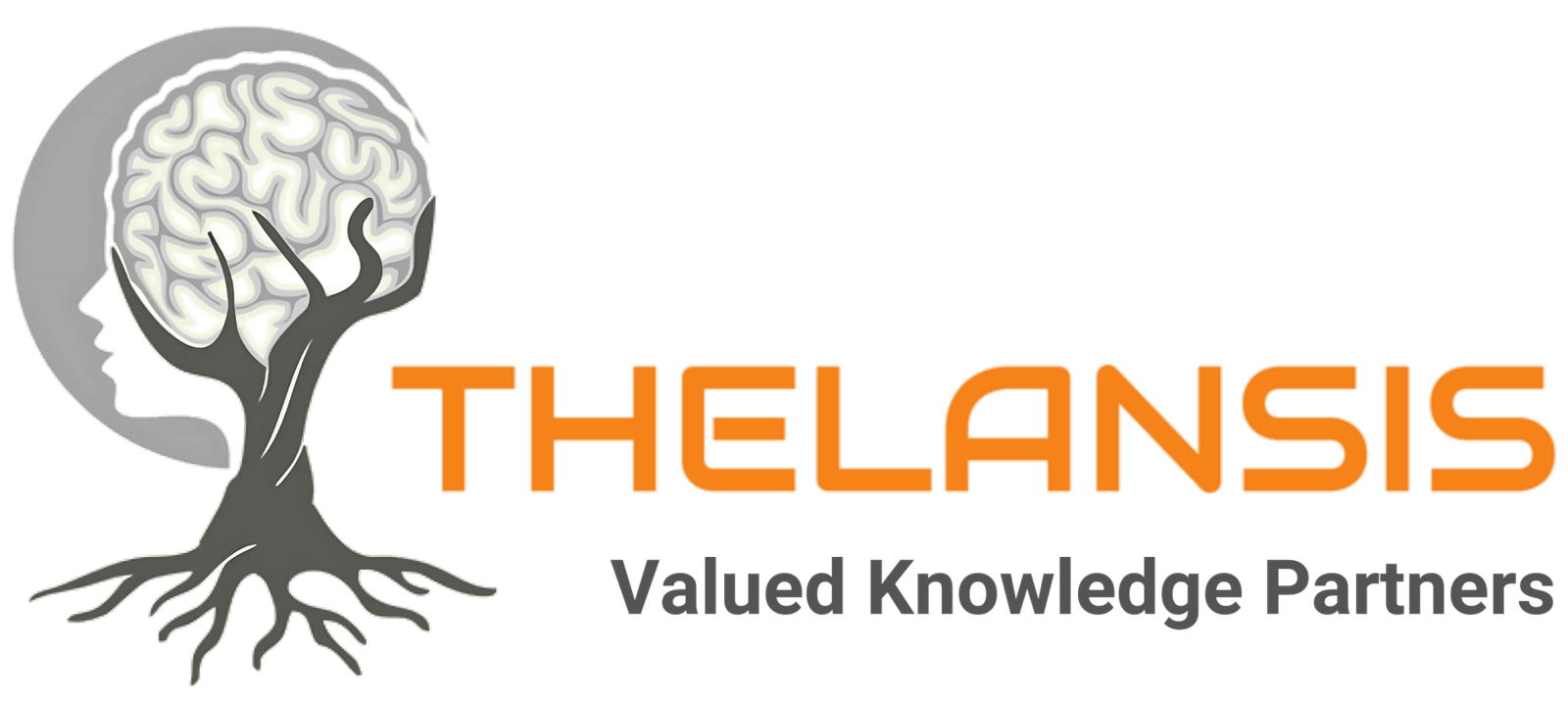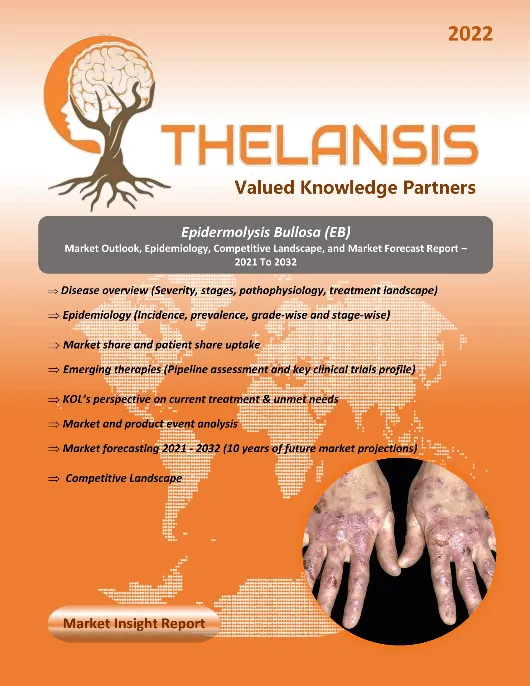Spinal Muscular Atrophy (SMA) – Market Access and Reimbursement Insights Report – 2025
- Published Date : February 17, 2025
- Updated On : September 12, 2025
- Pages : 56
Spinal Muscular Atrophy (SMA) Market Access and Reimbursement Insights
Thelansis’s “Spinal Muscular Atrophy (SMA) Market Access and Reimbursement Insights Report – 2025″ provides comprehensive payer insights on the current and evolving market access and reimbursement environments for branded and emerging drugs in the indication. Our team understands the criticality of payer research and insights generation, as well as their importance during drug development, pre-market launch strategy, and post-marketing activities.
Spinal Muscular Atrophy (SMA) Overview
Spinal muscular atrophy (SMA) is a genetic neuromuscular disorder primarily characterized by the progressive, irreversible loss and degeneration of alpha motor neurons in the anterior horn of the spinal cord and brain stem, leading to profound, typically symmetric, muscle weakness and atrophy, most severely affecting the proximal muscles and eventually causing paralysis in severe cases. This condition is overwhelmingly caused by mutations or deletions in the Survival Motor Neuron 1 (SMN1) gene, which results in a deficiency of the critical SMN protein required for motor neuron health and function. The clinical severity of SMA, historically classified into subtypes (e.g., Type I, II, III, IV), exists along a continuous spectrum that is mainly influenced by the number of copies of the SMN2 “backup gene,” with higher copy numbers generally correlating with increased functional SMN protein and a milder, later-onset phenotype, though modern treatment using SMN-modifying therapies (e.g., antisense oligonucleotides, gene therapy) has revolutionized prognosis by directly addressing the underlying protein deficiency.
Geography coverage:
G8 (United States, EU5 [France, Germany, Italy, Spain, U.K.], Japan, and China)
Insights driven by surveys* and interviews with payers (e.g., pharmacy directors / medical directors from managed care organizations with Medicare and/or Commercial plans in the United States). If required, primary market research with physicians is also done to understand the impact of reimbursement environment on treatment decisions for current and emerging brands.
*Survey and interview discussion guide are customized based on client requirements
Deliverables format:
- PowerPoint presentation
*As per Thelansis’s policy, we ensure that we include all the recent updates before releasing the report content and market model.
Key business questions answered:
- Market access and reimbursement for current therapies
- Coverage on plans
- Market access restrictions
- Rebates and contracting
- Factors influencing formulary access
- HEOR requirements and influence, etc.
- Expected market access and reimbursement for key emerging therapies
- Level of awareness
- Anticipated coverage on plans
- Factors that would improve market access
- Pricing, etc.
- Impact on brand use
- Key factors driving and limiting brand use
- Best and worst performers on market access, etc.
- Evolving environment
- Payer expectations from emerging therapies
- New policies and their expected impact, etc.
- Advise to drug manufacturers and developers
Spinal Muscular Atrophy (SMA) Market Access and Reimbursement Insights
Thelansis’s “Spinal Muscular Atrophy (SMA) Market Access and Reimbursement Insights Report – 2025″ provides comprehensive payer insights on the current and evolving market access and reimbursement environments for branded and emerging drugs in the indication. Our team understands the criticality of payer research and insights generation, as well as their importance during drug development, pre-market launch strategy, and post-marketing activities.
Spinal Muscular Atrophy (SMA) Overview
Spinal muscular atrophy (SMA) is a genetic neuromuscular disorder primarily characterized by the progressive, irreversible loss and degeneration of alpha motor neurons in the anterior horn of the spinal cord and brain stem, leading to profound, typically symmetric, muscle weakness and atrophy, most severely affecting the proximal muscles and eventually causing paralysis in severe cases. This condition is overwhelmingly caused by mutations or deletions in the Survival Motor Neuron 1 (SMN1) gene, which results in a deficiency of the critical SMN protein required for motor neuron health and function. The clinical severity of SMA, historically classified into subtypes (e.g., Type I, II, III, IV), exists along a continuous spectrum that is mainly influenced by the number of copies of the SMN2 “backup gene,” with higher copy numbers generally correlating with increased functional SMN protein and a milder, later-onset phenotype, though modern treatment using SMN-modifying therapies (e.g., antisense oligonucleotides, gene therapy) has revolutionized prognosis by directly addressing the underlying protein deficiency.
Geography coverage:
G8 (United States, EU5 [France, Germany, Italy, Spain, U.K.], Japan, and China)
Insights driven by surveys* and interviews with payers (e.g., pharmacy directors / medical directors from managed care organizations with Medicare and/or Commercial plans in the United States). If required, primary market research with physicians is also done to understand the impact of reimbursement environment on treatment decisions for current and emerging brands.
*Survey and interview discussion guide are customized based on client requirements
Deliverables format:
- PowerPoint presentation
*As per Thelansis’s policy, we ensure that we include all the recent updates before releasing the report content and market model.
Key business questions answered:
- Market access and reimbursement for current therapies
- Coverage on plans
- Market access restrictions
- Rebates and contracting
- Factors influencing formulary access
- HEOR requirements and influence, etc.
- Expected market access and reimbursement for key emerging therapies
- Level of awareness
- Anticipated coverage on plans
- Factors that would improve market access
- Pricing, etc.
- Impact on brand use
- Key factors driving and limiting brand use
- Best and worst performers on market access, etc.
- Evolving environment
- Payer expectations from emerging therapies
- New policies and their expected impact, etc.
- Advise to drug manufacturers and developers
1. Key Findings and Analyst Commentary
- Key trends: market snapshots, SWOT analysis, commercial benefits and risk,etc.
2. Disease Context
- Disease definition, classification, etiology and pathophysiology, drug targets,etc.
3. Epidemiology
- Key takeaways
- Incidence / Prevalence
- Diagnosed and Drug-Treated populations
- Comorbidities
- Other relevant patient segments
4. Market Size and Forecast
- Key takeaways
- Market drivers and constraints
- Drug-class specific trends
- Country-specific trends
5. Competitive Landscape
- Current therapies
- Key takeaways
- Dx and Tx journey/algorithm
- Key current therapies – profiles and KOL insights
- Emerging therapies
- Key takeaways
- Notable late-phase emerging therapies – profiles, launch expectations, KOL insights
- Notable early-phase pipeline
6. Unmet Need and TPP Analysis
- Top unmet needs and future attainment by emerging therapies
- TPP analysis and KOL expectations
7. Regulatory and Reimbursement Environments (by country and payer insights)
8. Appendix (e.g., bibliography, methodology)
Table of contents (TOC)
1. Key Findings and Analyst Commentary
- Key trends: market snapshots, SWOT analysis, commercial benefits and risk,etc.
2. Disease Context
- Disease definition, classification, etiology and pathophysiology, drug targets,etc.
3. Epidemiology
- Key takeaways
- Incidence / Prevalence
- Diagnosed and Drug-Treated populations
- Comorbidities
- Other relevant patient segments
4. Market Size and Forecast
- Key takeaways
- Market drivers and constraints
- Drug-class specific trends
- Country-specific trends
5. Competitive Landscape
- Current therapies
- Key takeaways
- Dx and Tx journey/algorithm
- Key current therapies – profiles and KOL insights
- Emerging therapies
- Key takeaways
- Notable late-phase emerging therapies – profiles, launch expectations, KOL insights
- Notable early-phase pipeline
6. Unmet Need and TPP Analysis
- Top unmet needs and future attainment by emerging therapies
- TPP analysis and KOL expectations
7. Regulatory and Reimbursement Environments (by country and payer insights)
8. Appendix (e.g., bibliography, methodology)


